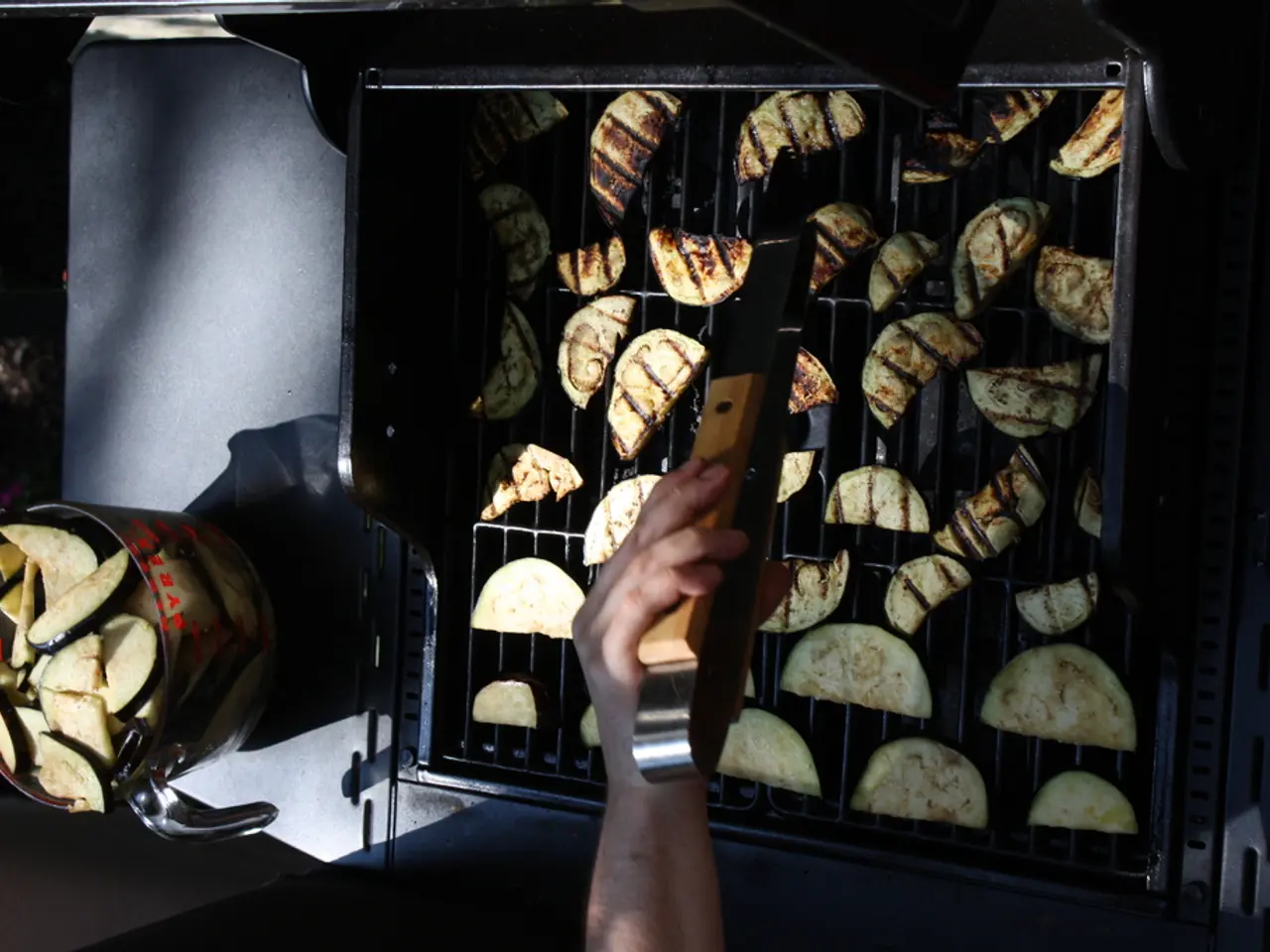Encroachment of affluence: Is your excessive tip in Mexico contributing to gentrification?
In the heart of San Miguel de Allende, a vibrant town in central Mexico, a thought-provoking conversation unfolded at La Cabra Illuminada, a popular local restaurant. The protagonist of this exchange was Simone Jacobson, a Burmese American former Top 10 in America restaurant owner and writer, who was once a chronic overtipper in Mexico.
Jacobson, now the Content Director for Well Spirit Collective by day and striving to raise compassionate children in all other moments, found herself grappling with the question of whether she had been overtipping in Mexico. This realization came after a conversation with a retired American couple, who were committed to speaking Spanish and aspiring to become locals in Mexico.
The couple, like many others, followed the typical tipping rates in Mexico. At casual, local eateries, a 10% tip is customary. At mid- to high-end restaurants or bistros, tipping 15% is expected for good service. Tips higher than 15%, common in U.S. dining culture, are usually not necessary in Mexico and not widely expected. Over-tipping can sometimes create unintended issues.
The average monthly salary for restaurant workers in Mexico is around 9,000 pesos (US $470), a figure that, if accurate, would price most workers out of a family dwelling in their hometown. With the majority of dining operations consisting of mom-and-pop restaurants, it's crucial to adhere to these local expectations and recognize that workers depend significantly on tips to reach fair earnings, as base pay in Mexico's service sector is typically low.
Jacobson encourages a shift in mindset, moving away from asking "What should I be tipping?" to considering "Why am I tipping this amount? Who benefits and who could potentially be damaged or displaced by my spending election?" This approach aligns with the TED Talk by Taiye Selasi, "Don't ask me where I'm from, ask where I'm a local."
The food services industry in Mexico drives an 855 billion peso industry, a testament to its significance in the country's economy. However, the antigentrification movement is gaining momentum in Mexico City, highlighting the need for a balance between economic growth and preserving local cultures.
Jacobson's conversation with the retired couple served as a reminder of the importance of being less of a colonizing presence and more of a mutual aid to Mexican neighbors. As she continues her journey, splitting her time between Puerto Vallarta, California, and San Miguel de Allende, Jacobson strives to embody this mindset, fostering understanding and respect for the local communities she encounters.
[1] https://www.mexicoday.com/mexico-city/articles/mexico-city-tourism-gentrification-protest [2] https://www.mexconnect.com/articles/2566-the-tipping-point-in-mexico [3] https://www.mexicoday.com/mexico-city/articles/mexico-city-tourism-gentrification-protest [4] https://www.mexconnect.com/articles/2566-the-tipping-point-in-mexico
- Simone Jacobson's conversation at La Cabra Illuminada in San Miguel de Allende led her to reconsider her tipping habits, as she realized many locals in Mexico operate on different tipping expectations compared to the U.S.
- The typical tipping rates in Mexico are 10% at casual, local eateries and 15% at mid- to high-end restaurants, but over-tipping, common in U.S. dining culture, can potentially create unintended issues for these workers.
- In Mexico, the food services industry, valued at 855 billion pesos, plays a significant role in the country’s economy, yet base pay in the service sector is typically low, making tips crucial for fair earnings for many workers.
- Jacobson now questions her tipping decisions by considering who benefits and who might be negatively affected by her spending, advocating for a mindset shift away from simply asking "What should I be tipping?" and towards "Why am I tipping this amount?"




